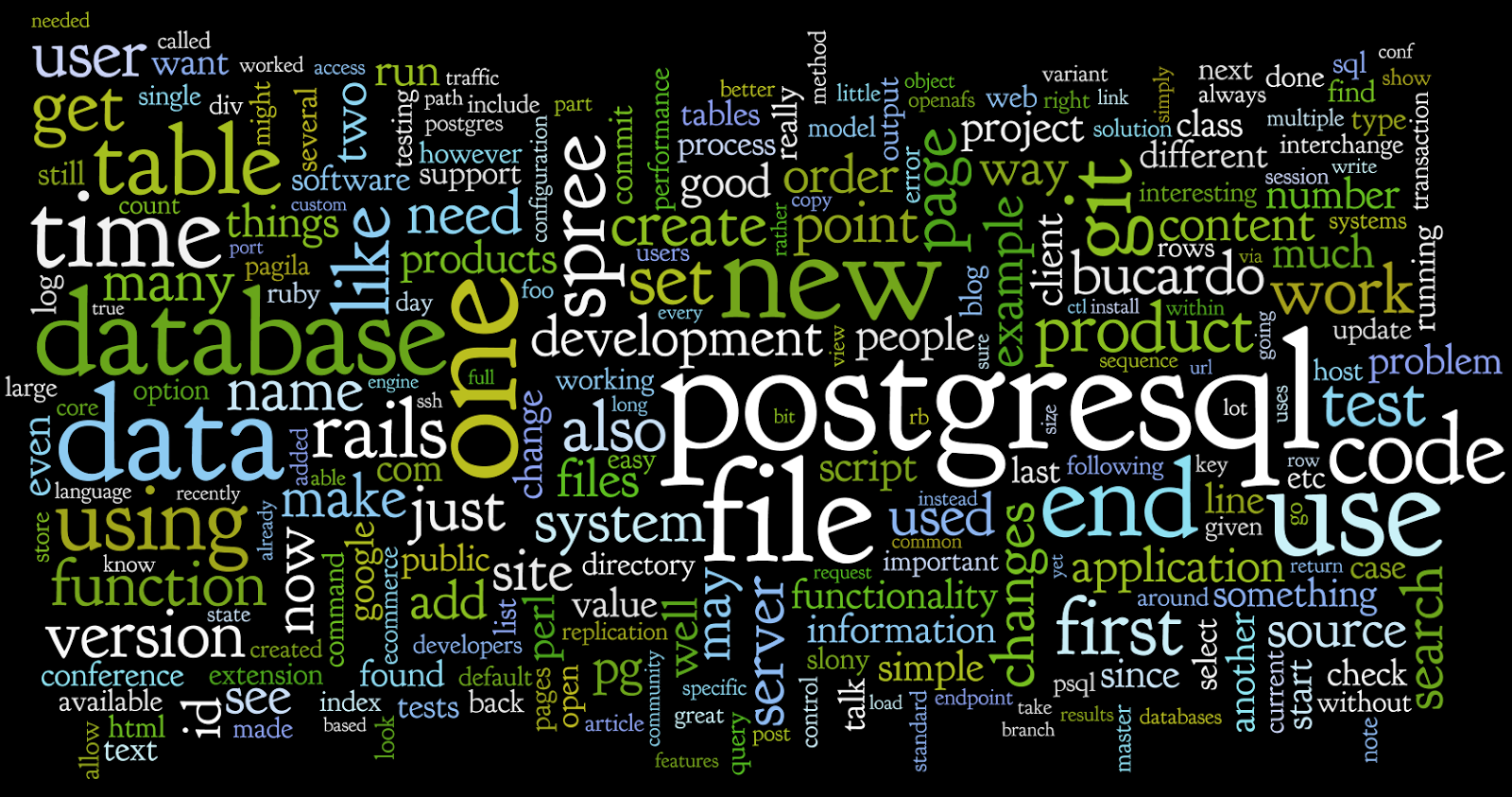Managing Perl environments with perlbrew
As a Perl hobbyist, I’ve gotten used to the methodical evolution of Perl 5 over the years. Perl has always been a reliable language, not without its faults, but with a high level of flexibility in syntactical expression and even deployment options. Even neophytes quickly learn how to install their own Perl distribution and CPAN libraries in $HOME. But the process can become unwieldy, particularly if you want to test across a variety of Perl versions.
To contrast, Ruby core development frequently experiences ABI breakages, even between minor releases. In spite of the wide adoption of Ruby as a Web development language (thanks to Ruby on Rails), Ruby developers are able to plod along unconcerned, where these incompatibilities would almost certainly lead to major bickering within the Perl or PHP communities. How do they do it? The Ruby Version Manager.
Ruby Version Manager (RVM) allows users to install Ruby and RubyGems within their own self-contained environment. This allows each user to install all (or only) the software that their particular application requires. Particularly for Ruby developers, this provides them with the flexibility to quickly test upgrades for regressions, ABI …
environment perl ruby
Pausing Hot Standby Replay in PostgreSQL 9.0
When using a PostgreSQL Hot Standby master/replica pair, it can be useful to temporarily pause WAL replay on the replica. While future versions of Postgres will include the ability to pause recovery using administrative SQL functions, the current released version does not have this support. This article describes two options for pausing recovery for the rest of us that need this feature in the present. These two approaches are both based around the same basic idea: utilizing a “pause file”, whose presence causes recovery to pause until the file has been removed.
Option 1: patched pg_standby
pg_standby is a fairly standard tool that is often used as a restore_command for WAL replay. I wrote a patch for it (available at my github repo) to support the “pause file” notion. The patch adds a -p path/to/pausefile optional argument, which if present will check for the pausefile and wait until it is removed before proceeding with recovery.
The benefit of patching pg_standby is that the we’re building on mature production-level code, adding a functionality at its most relevant place. In particular, we know that signal handling is already sensibly handled; (this was something I was less than …
postgres
A Performance Case Study
|
I’m a sucker for a good performance case study. So, when I came across a general request for performance improvement suggestions at Inspiredology, I couldn’t help but experiment a bit. The site runs on WordPress and is heavy on the graphics as it’s a site geared towards web designers. I inquired to the site administrators about grabbing a static copy of their home page and using it for a case study on our blog. My tools of choice for optimization were webpagetest.org and YSlow. Here are the results of a 4-step optimization in visual form:
|

Inspiredology’s complete homepage. |
The graph on the left shows the page load time in seconds for a first time view. Throughout optimization, page load time goes from 13.412 seconds to 9.212 seconds. Each step had a measurable impact. The graph on the right shows the page load time in seconds for a repeated view, and this goes from 7.329 seconds to 2.563 seconds throughout optimization. The first optimization step (CSS spriting and file combination) yielded a large performance improvement. I’m not sure why there’s a slight performance decrease between step 3 and step 4.
And here’s a summary of the changes involved in each step: …
css performance compression optimization
SAS 70 becomes SSAE 16
In recent years it’s become increasingly common for hosting providers to advertise their compliance with the SAS 70 Type II audit. Interest in that audit often comes from hosting customers’ need to meet Sarbanes-Oxley (aka Sarbox) or other legal requirements in their own businesses. But what is SAS 70?
It was not clear to me at first glance that SAS 70 is actually a financial accounting audit, not one that deals primarily with privacy, information technology security, or other areas.
SAS 70 was created by the American Institute of Certified Public Accountants (AICPA) and contains guidelines for assessing organizations’ service delivery processes and controls. The audit is performed by an independent Certified Public Accountant.
Practically speaking, what does passing a SAS 70 audit tell us about an organization? Most importantly that it is financially reliable, and thus hopefully a safe partner for providing critical Internet hosting and data storage services.
On June 15, 2011, the SAS 70 audit will be effectively replaced by the new SSAE 16 attestation standard (Statement on Standards for Attestation Engagements no. 16, Reporting on Controls at a Service Organization). Thus the …
audit hosting
Web Friendly Tools
Over the past few weeks, I found a few nice tools that I wanted to share:
Spritebox
The first tool I found came across and wanted to share is Spritebox. Spritebox is a WYSIWIG tool to create CSS sprite rules from an image on the web or an uploaded image. Once a sprite image is loaded, regions can be selected, assigned classes or ids, display settings, and background repeat settings. The preview region shows you which part of the sprited image will display in your DOM element. After all sprite regions are defined, CSS is automagically generated, ready for copy and paste into a stylesheet. This is a user-friendly visual tool that’s likely to replace my tool of choice (Firebug) for generating CSS sprite rules.
 I select the twitter region and assign several CSS properties.
I select the twitter region and assign several CSS properties.
|
 I select the header background region and assign several CSS properties.
I select the header background region and assign several CSS properties.
|
Typekit
Another tool / service I’ve come across on the design side of web development is Typekit. Typekit is a font hosting service that allows you to retrieve web fonts and render text with those fonts instead of using Flash or images. I recently noticed severe lag time on font rendering for one of our Spree clients. I was curious …
tips tools
Using nginx to transparently modify/debug third-party content
In tracking down a recent front-end bug for one of our client sites, I found myself needing to use the browser’s JavaScript debugger for stepping through some JavaScript code that lived in a mix of domains; this included a third-party framework as well as locally-hosted code which interfaced with—and potentially interfered with—said third-party code. (We’ll call said code foo.min.js for the purposes of this article.) The third-party code was a feature that was integrated into the client site using a custom domain name and was hosted and controlled by the third-party service with no ability for us to change directly. The custom domain name was part of a chain of CNAMEs which eventually pointed to the underlying actual IP of the third-party service, so their infrastructure obviously relied on getting the Host header correctly in the request to select which among many clients was being served.
It appeared as if there was a conflict between code on our site and that imported by the third party service. As part of the debugging process, I was stepping through the JavaScript in order to determine what if any conflicts there were, as well as their nature (e.g., conflicting library …
browsers camps interchange javascript linux testing tips
Monitoring with Purpose
If you work on Internet systems all day like we do, there’s a good chance you use some sort of monitoring software. Almost every business knows they need monitoring. If you’re a small company or organization, you probably started out with something free like Nagios. Or maybe you’re a really small company and prefer to outsource your alerts to a web service like Pingdom. Either way, you understand that it’s important to know when your websites and mailservers are down. But do you monitor with purpose?
All too often I encounter installations where the Systems Administrator has spent countless hours setting up their checks, making sure their thresholds and notifications work as designed, without really considering what their response might be in the face of disaster (or an inconvenient page at 3am). Operations folk have been trained to make sure their systems are pingable, their CPU temperature is running cool and the system load is at a reasonable level. But what do you do when that alert comes in because the website load is running at 10 for the last 15 minutes? Is that bad? How can you be certain?
The art of monitoring isn’t simply reactive in nature. A good SysAdmin will …
monitoring performance sysadmin
In Our Own Words
What do our words say about us?

Recently, I came across Wordle, a Java-based Google App Engine application that generates word clouds from websites and raw text. I wrote a cute little rake task to grab text from our blog to plug into Wordle. The rake task grabs the blog contents, uses REXML for parsing, and then lowercases the results. The task also applies a bit of aliasing since we use postgres, postgreSQL and pg interchangeably in our blog.
task :wordle => :environment do
data = open('http://blog.endpoint.com/feeds/posts/default?alt=rss&max-results=999', 'User-Agent' => 'Ruby-Wget').read
doc = REXML::Document.new(data)
text = ''
doc.root.each_element('//item') do |item|
text += item.elements['description'].text.gsub(/<\/?[^>]*>/, "") + ' '
text += item.elements['title'].text.gsub(/<\/?[^>]*>/, "") + ' '
end
text = text.downcase \
.gsub(/\./, ' ') \
.gsub(/^\n/, '') \
.gsub(/ postgres /, ' postgresql ') \
.gsub(/ pg /, ' postgresql ')
file = File.new(ENV['filename'], …company analytics ruby



